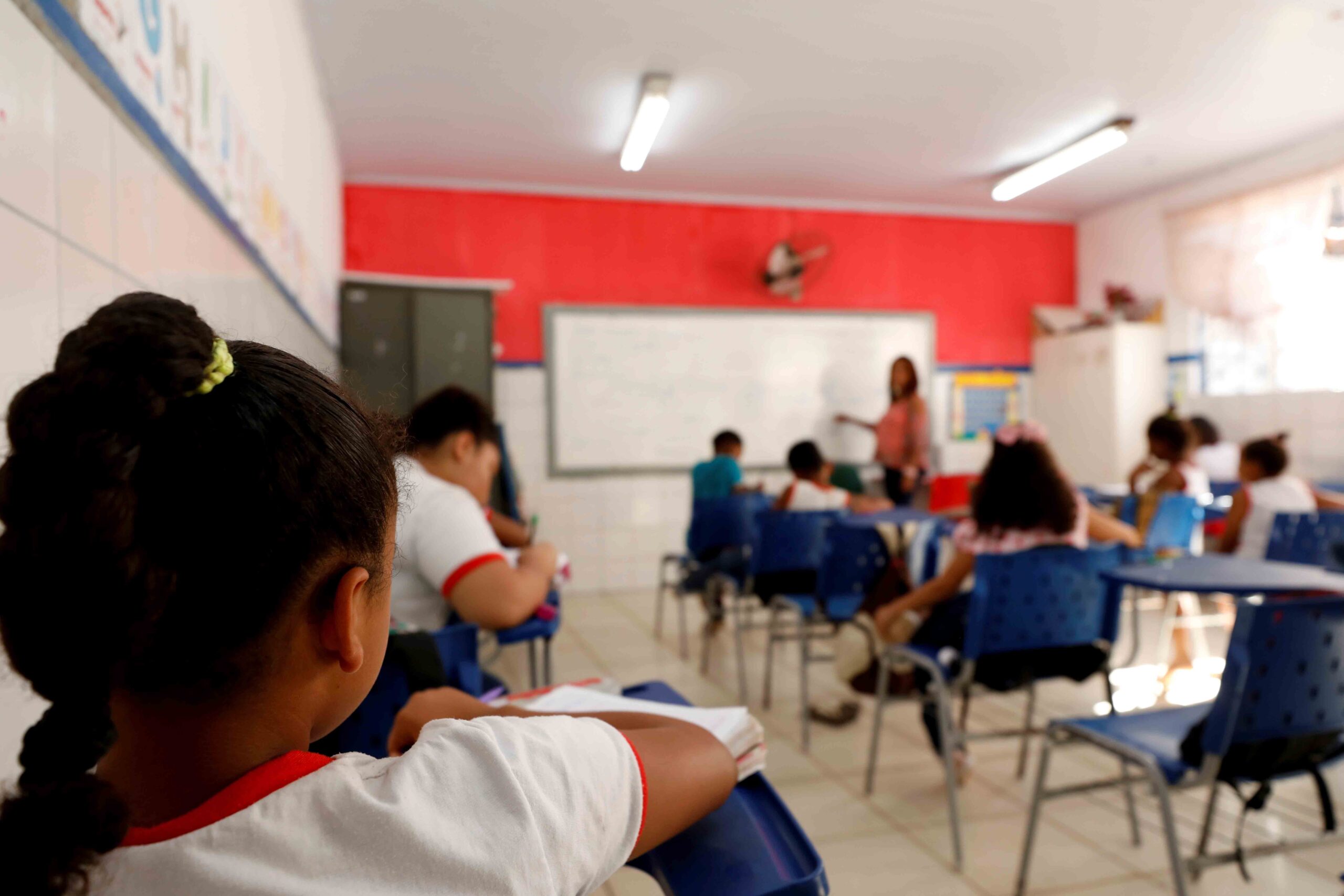
North Carolina has fallen behind in its investment in education. To better understand this trend, The Forsyth Promise has looked into Per Pupil Expenditure (PPE) — a way of measuring, comparing and contrasting the amounts of money invested and spent on public elementary and secondary education. This money comes from federal, state, and local allotments.
The Difference between Per Pupil Expenditure (PPE) for North Carolina and the National Average
Forsyth Futures used the The National Center for Education Statistics’ (NCES) Current expenditure per pupil in average daily attendance in public elementary and secondary schools, by state or jurisdiction tables to fulfill the data request. Analyses comparing North Carolina to the United States from 1959-60 to 2018-19 were adjusted for inflation to 2018 dollars. The ranking and per pupil expenditures derived estimates do not account for any fiscal, demographic, socioeconomic, or geographic differences between state and local governments.
Data Source — The National Center for Education Statistics (NCES):
- Digest of Education Statistics, 2021. (n.d.). National Center for Education Statistics. Retrieved March 29, 2022, from https://nces.ed.gov/programs/digest/d21/tables/dt21_236.70.asp?current=yes
- Digest of Education Statistics, 2010. (n.d.). National Center for Education Statistics. Retrieved March 29, 2022, from https://nces.ed.gov/programs/digest/d10/tables/dt10_194.asp
Data Source — Bureau of Labor and Statistics (BLS) Inflation adjustments:
- Bureau of Labor Statistics Data. (n.d.). Retrieved March 29, 2022, from https://data.bls.gov/timeseries/CUUR0000SA0?years_option=all_years
Between the 1959-60 school year and the 1999-2000 school year, the gap between North Carolina PPE and the national average narrowed, from spending 63% of the national average to spending 88% of the national average.
However, that gap has widened once again since 2000 as North Carolina PPE decreased to 75% of the national average. As of the 2018-19 school year, North Carolina ranked 43rd in the nation in per pupil expenditure at $10,589, lower than all neighboring states and $3,575 less than the national average ($14,164).
Per Pupil Expenditures at the Local Level (2020-21)
Forsyth Futures used the NC Department of Public Instruction (DPI) to pull expenditure data at the local level for the 2020-2021 academic year. Specifically, Table A7 (“Current Expense Expenditures by Source of Funds”) was used to pull the requested information.
Data Source — Public Schools of North Carolina, State Board of Education, Dept. of Public Instruction
- LEA_Expense. (n.d.). Retrieved March 29, 2022, from http://apps.schools.nc.gov/ords/f?p=145:113:::NO:::
Forsyth County’s per pupil expenditure (PPE) for 2020-21 is slightly above that 2018-19 state spending amount at an estimated $10,977. Forsyth County PPE is on par with other school systems of similar size in urban areas in NC, the median of the selected counties in this graph.
Funding for school systems comes from federal, state, and local allotments. Variable amounts of funding at each of those levels create disparities in the total PPE. The bulk of the allotment in the majority of these school systems comes from the state level.
Per pupil expenditure funds go towards expenses such as salaries, employee benefits, and support services. In the case of Forsyth County, $9,312 of that $10,977, or nearly 85% of that total, goes towards salaries and employee benefits. The remainder is split between supplies and materials, purchased services, and instructional equipment.
For the best outcomes for our students, more funding is needed.
Failing to keep pace with other states in PPE means that our under-resourced schools continue to fall behind; which increases stress in already strained school environments. Districts are left with little room to balance the needs of teachers, students, and staff between increasing salaries and providing the resources needed day-to-day in classrooms.
For the best outcomes for our students, more funding is needed. Change is happening at both the local and state levels, but there is much work to be done:
A referendum that was passed on March 3, 2020 increased the sales tax in Forsyth County by .25%. WS/FCS approved a budget using these new funds to increase teacher supplements.
The bulk of funding for WS/FCS comes from state allotments — changes at that level could have an even greater impact. The ongoing work surrounding a remedial plan to resolve a 1994 court case (Leandro v. State of North Carolina) stands to have major ramifications for funding for districts across North Carolina, and has received statements of support from educators and districts alike, including from the Winston-Salem/Forsyth County Schools Board of Education.
We want to hear from you.
Education funding is an important topic for everyone in our community. We want to hear from you about your thoughts and questions around how public education is funded in Forsyth County and across North Carolina. Send us an email at ForsythPromise@gmail.com.
